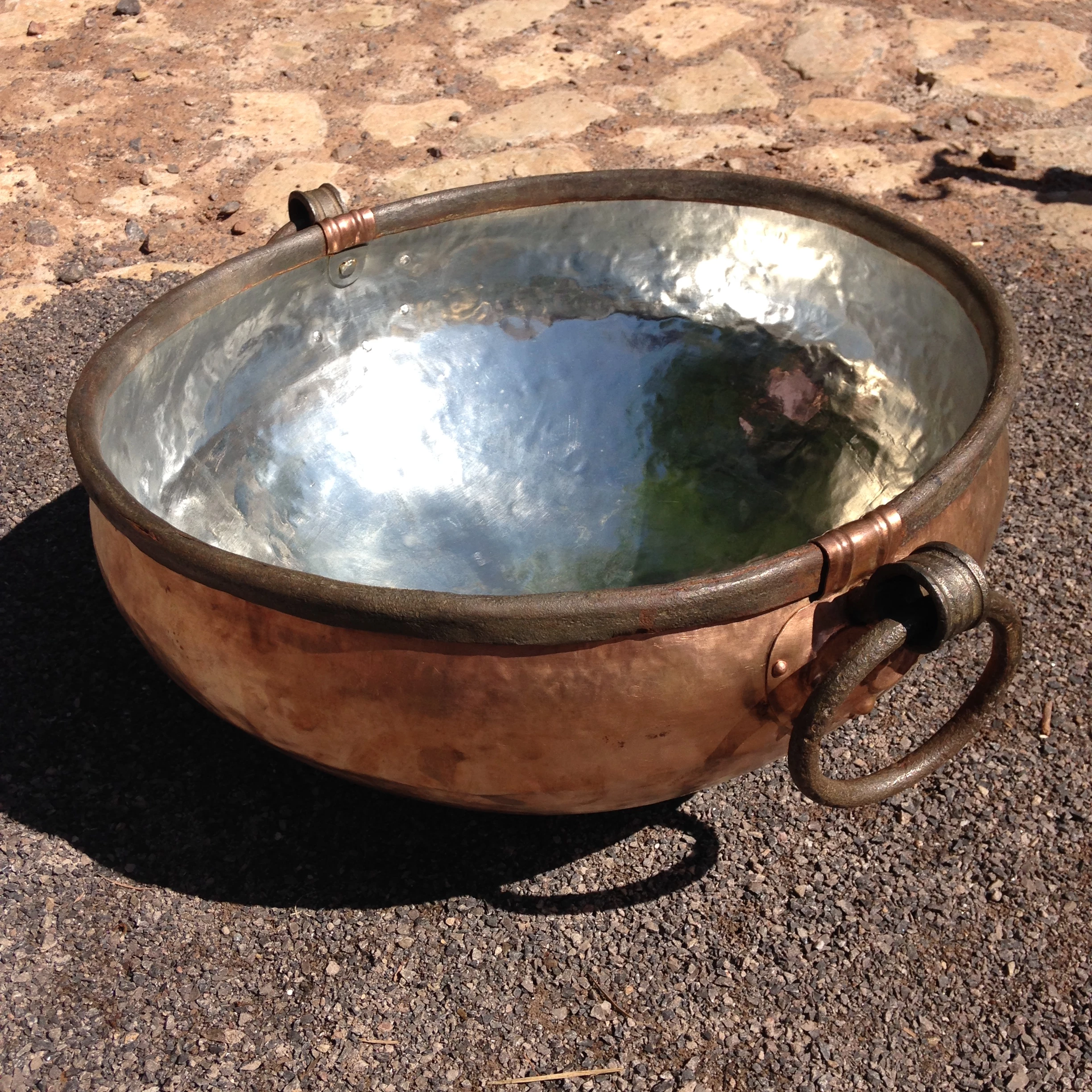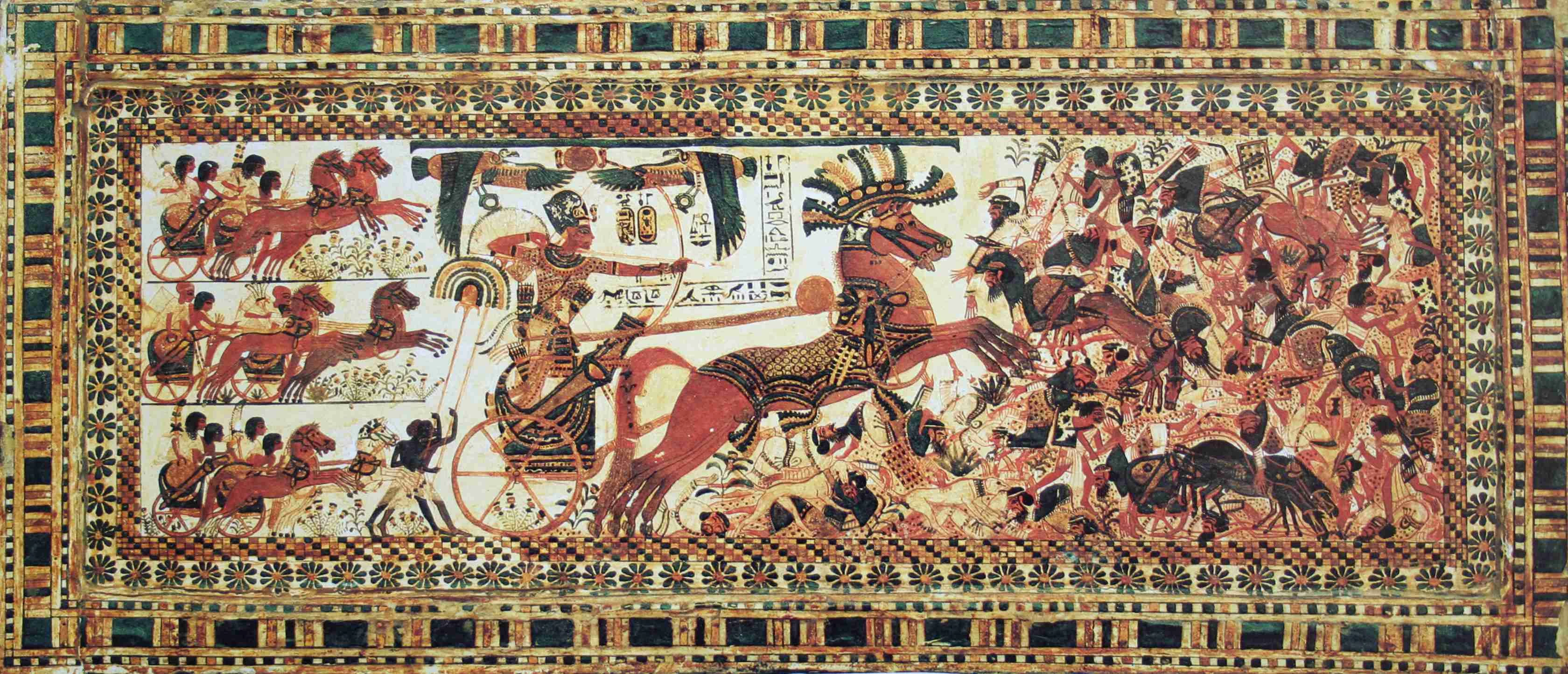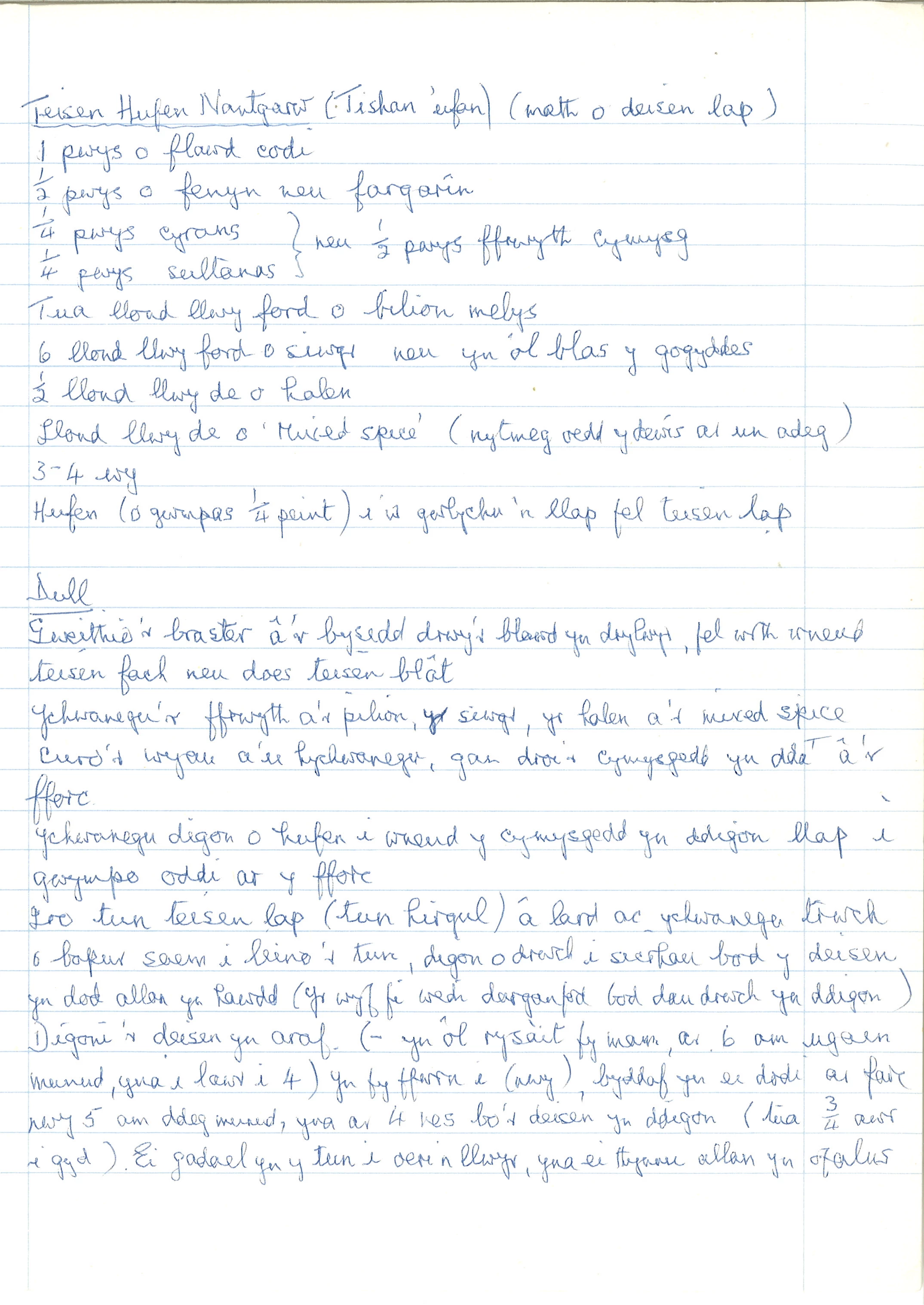#fyllunchalkie - pwy ennillodd?
, 9 Hydref 2015
Chalkie Davies: Ei Stamp ar yr NME
Mae'r arddangosfa wedi dod i ben ac felly mae'n amser datgan pwy sydd wedi ennill ein cystadleuaeth! Roedd yn wych gweld bod cymaint o bobol wedi ymweld a chreu gwaith wedi'i ysbrydoli gan y sioe.
Mae'r dyn ei hun wedi cael cyfle i feirniadu'r ceisiadau a rydym yn falch iawn o allu rhannu enwau'r enillwyr efo chi!
Gwobr Gyntaf:
@3gsdevtrust - Da iawn! Mae print Chalkie wedi'i lofnodi a bag rhoddion ar ei ffordd i Ymddiriedaeth Ddatblygu 3Gs, sy'n gweithio gyda phobl ifanc yn ardal Gurnos, Penydarren and Dowlais.
One of my fav #mychalkieimage photos to date - @3gsdevtrust do The Specials! http://t.co/JnJ4G68OJS pic.twitter.com/hiuUhoh2gg
— museumlearning (@MuseumCdf_Learn) August 18, 2015
Ail Wobr:
@fezzer64 - rhannodd y llun o'r rebel hapus hwn ac mae'n ennill taleb Recordiau Spillers a bag rhoddion:
Inspired by the head and shoulder frame filling shots #mychalkieimage of my boy @ChalkieDavies pic.twitter.com/Fe7uA61sOS
— alisong (@fezzer64) June 6, 2015
Trydydd Wobr:
Bydd taleb Seetickets ar ei ffordd i Aaron am ein lun gwyrdroedig a thywyll, a dynnwyd ym Mharc Cathays.
@ChalkieDavies @MuseumCdf_Learn @Museum_Cardiff Image 1 #mychalkieimage pic.twitter.com/tLp7ADi7mW
— Aaron J. Cooper (@CaronAooper) July 31, 2015
Dewisodd Chalkie 5 llun oedd hefyd yn haeddu cymeradwyaeth, felly bydd bag rhoddion yn y post i David Jones, @tflathers, @daniellestalbot, paulhurlow a @softfun - cewch weld eu lluniau, a llawer mwy, ar storify #fyllunchalkie.
Diolch yn Fawr
Diolch i bawb a gymerodd ran - cymerwch olwg ar yr holl ffotograffau yn ein storify #fyllunchalkie. Os na gawsoch chi gyfle i weld y sioe, cewch gip ar waith eiconig Chalkie yn y fideo isod:










